The green transition is receiving more and more attention in the present world we live in, both in the general society, but also in the scientific community, where many scientists are working on new and better methods for creating more sustainable materials and processes that do not pollute the environment as much as their alternatives. NMR spectroscopy can be a valuable tool for the sustainable sciences, allowing scientists to observe molecules quickly and efficiently, and while they change.
Sebastian Meier has worked with NMR most of his career. His goal is to help improve sustainable materials and processes with a focus on biomaterials and organisms, utilizing advanced NMR spectroscopy methods as dissolution dynamic nuclear polarization.
Sebastian Meier grew up in Western Germany and took his Masters’ degree at the University of Regensburg. After finishing his degree, he traveled to Switzerland to do a PhD in biophysics at the University of Basel, a place he still collaborates with. Here, he studied under the supervision of Stephan Grzesiek, who played a big part in imprinting him with interest in NMR spectroscopy.
When Sebastian first arrived in Denmark it was at the Carlsberg Laboratory, where he spent his time studying protein interactions, yeast metabolism and carbohydrate mixtures. He then moved to the Technical University of Denmark (DTU) to continue his work on hyperpolarization and dynamical process in biochemical systems and to start novel endeavors into the usefulness of molecular understanding in sustainable chemistry.
Today, Sebastian is an Associate Professor at DTU Chemistry, Denmark, where he works primarily with NMR spectroscopy, focusing on the green transition and the use of reaction tracking by conventional NMR and hyperpolarization methods for understanding molecular functions in chemical and biochemical systems. His research thus includes characterization of dynamical processes in biochemical systems, especially sustainable biochemical systems with an application perspective. Specifically, he uses advanced NMR methods such as reaction progress kinetic analysis, isotope tracking and exchange, ultrahigh resolution2 2D NMR and dissolution Dynamic Nuclear Polarization (d-DNP) to create a functional description of chemocatalytic reaction systems and of living cells, and to investigate the transformation of biological polymers.
Yeast as a cheap model for complex organisms
One of Sebastian’s primary research fields is yeast metabolism. He has investigated central carbon metabolism of living Saccharomyces cerevisiae, also called Baker’s yeast, the type of yeast we use in our everyday baking.
“We use yeast as a model organism since it is very well characterized and therefore is a great way of predicting how other similar organisms work.”
In one of his experiments, yeast metabolism was visualized by d-DNP, the most popular hyperpolarization technique. When analyzing yeast metabolism with NMR it is advantageous to use 13C-NMR as it provides enough signal dispersion for it to create enough selectivity to distinguish chemicals in complex reaction mixtures such as the cellular metabolism. A caveat is the lack of sensitivity and the time resolution needed for detecting intermediates during the fast transitions in living cells.
This problem can be solved by advanced instrumentation available at DTU and by the d-DNP technique, which enhances the signal of the 13C nuclei sufficiently to enable real time observations of fast metabolic reactions like those taking place in yeast, including observing the important intermediates.
“There is still needed a lot of insight into what exactly yeast does in the central metabolism and how we can use yeast as effective catalyst in various processes, which could be very advantageous since it is so available and widely used.”
Replacement materials in plastic bottles
Generally, Sebastian spends most of his time researching the green transition and sustainable research fields like biofuels, biomedicine, and investigation of biomedical processes.
“I feel that it is very important to work with socially relevant topics. Especially chemistry for life in form of medicine, but also chemistry for the society, in the form of the green transition, which is one of the most important subjects for the greater good. In both these topics, NMR spectroscopy can contribute important information, since it is an easy way to observe many molecules and study their behavior quickly at the same time.”
“If we are ever going to catch up with the hundred- and fifty-year head start that oil-based chemistry has on our research, it is important we use methods that make it possible to either discover new chemistry or fail in our discoveries quickly, so we can learn from them. NMR spectroscopy makes sure we do not work in the dark and it quickly shows whether something is worth to delve further into or abandon. This way, NMR can save money and time for the academic and industrial research alike.”
The world has far from optimized all sustainable processes, and biomass production still counts for over a million tons of CO2 every year. This is a number Sebastian, and his group are trying to lower.
One of the materials Sebastian is investigating is called 5-hydroxymethylfurfural (HMF), which is a generally well-studied material. One of its usages is that it can be converted into 2,5 furandicarboxylate, which can replace the largest building blocks in polyethylenterephthalat(PET)-bottles, namely oil. PET-bottles are one of the most used bottles for sodas, bottled water, and similar everyday items, and it is used all around the world making it one of the largest contributors to environmental pollution. This change in materials from fossil sources such as PET to HMF-based materials could be very advantageous, since HMF forms from renewable substances and does not contribute nearly as much to pollution as fossil resources.
Despite being an intensely studied chemical, Sebastian has found that the formation of 5-hydroxymethylfurfural from hexoses could still be improved. In his research on this compound, he used NMR spectroscopy to improve the selectivity and kinetics in the conversion of glucose to HMF.
Education in NMR
Sebastian also uses a good part of his time teaching classes for both undergraduate and graduate students. He gives the chemical engineering students at DTU their first taste of spectroscopy techniques and teaches the graduate students some of the more advanced techniques with focus on practical applications. Here, the students get to try some of the advanced NMR methods such as d-DNP for themselves.
“Educating the new generations is very important for me for several reasons. Most people usually find that they understand the material much better when they explain it to others, and I find that to be the case for me as well.”
He especially enjoys teaching university students, as they give him a whole other view on the subject and sometimes ask questions, he had not even considered himself.
“Education is maybe the single most value-providing activity for society and the field of science in general. When producing research, you often only affect a small part of the scientific community unless it is something truly groundbreaking, but when teaching a class of maybe a hundred students, you are multiplying your own knowledge onto this group of students and they are then going to go out into different directions in society, where some of them maybe will apply their knowledge.”
“By creating a good atmosphere around learning and keeping the material up to high standards, we are making sure that the students keep their excitement and interest for the natural sciences and go on to become scientist or engineers, for there is no doubt that those people will be absolutely vital for building the future.”
Strength of Danish NMR
“The Danish NMR society is very well-functioning. We have the Danish NMR meetings, and the general community is good at working together.”
“From my perspective at DTU, especially the collaboration between the NMR scientists at different institutes is great, where we are joining forces in many different projects.”
“We also have great collaboration between DTU and UCPH, and as the two universities are no more than a 20-minute bus ride apart, people often collaborate and help each other out.”

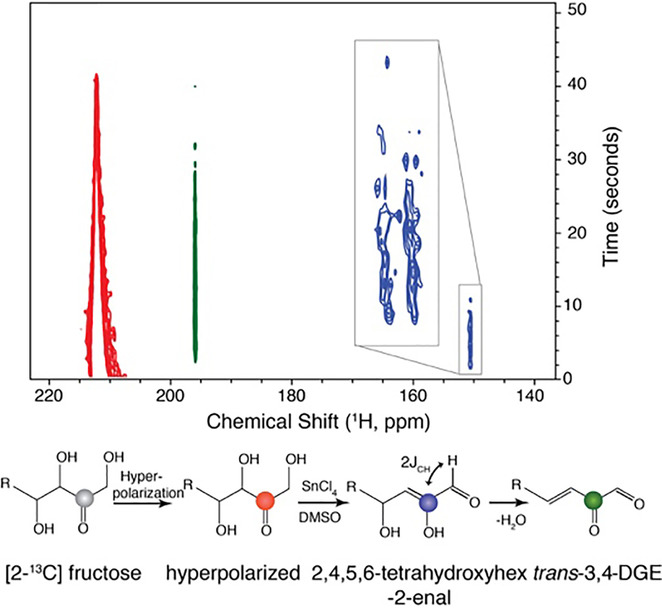
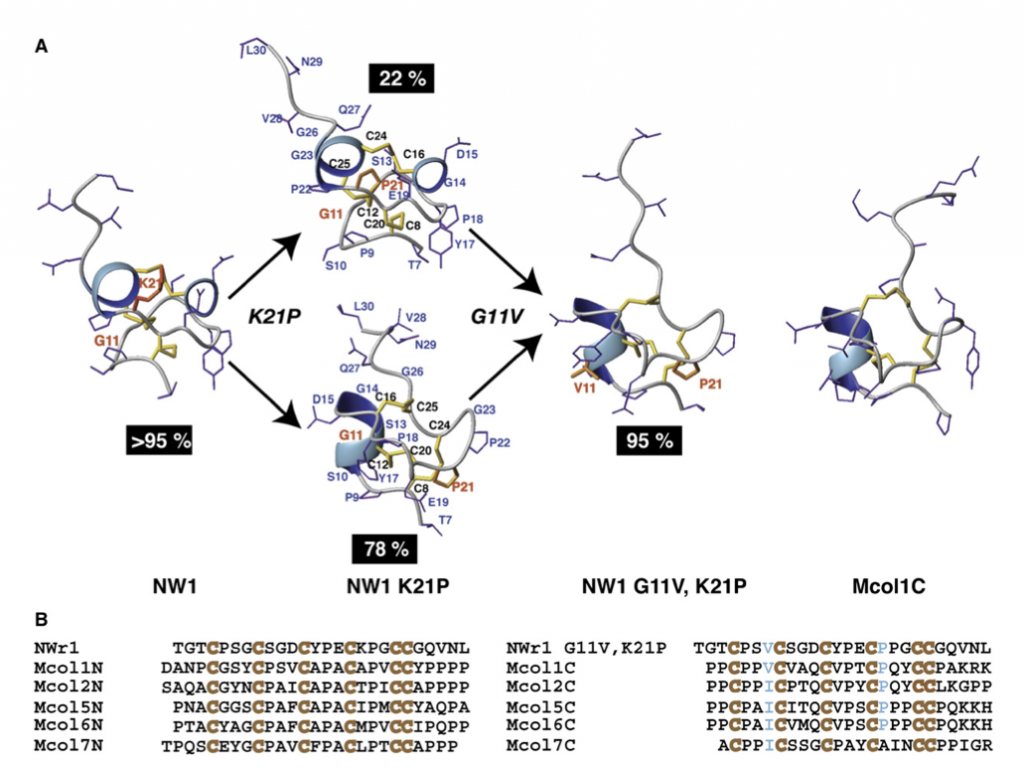
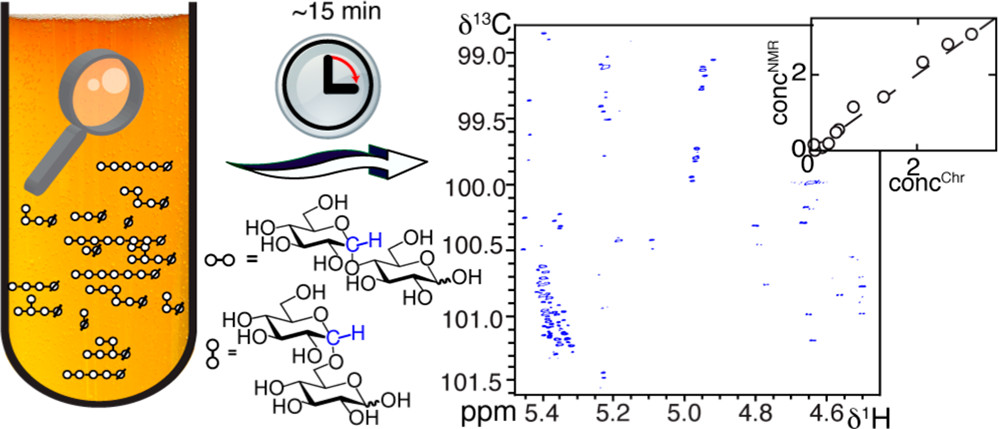


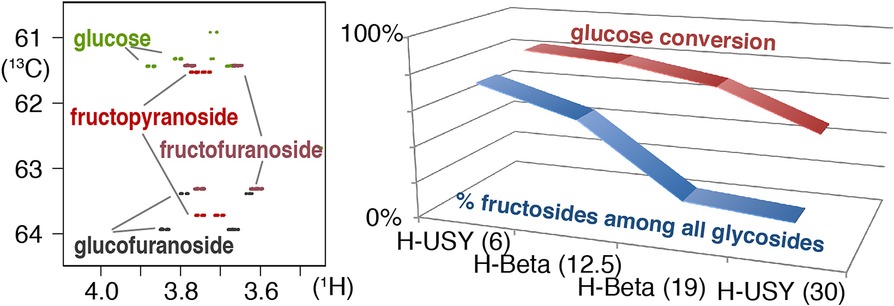

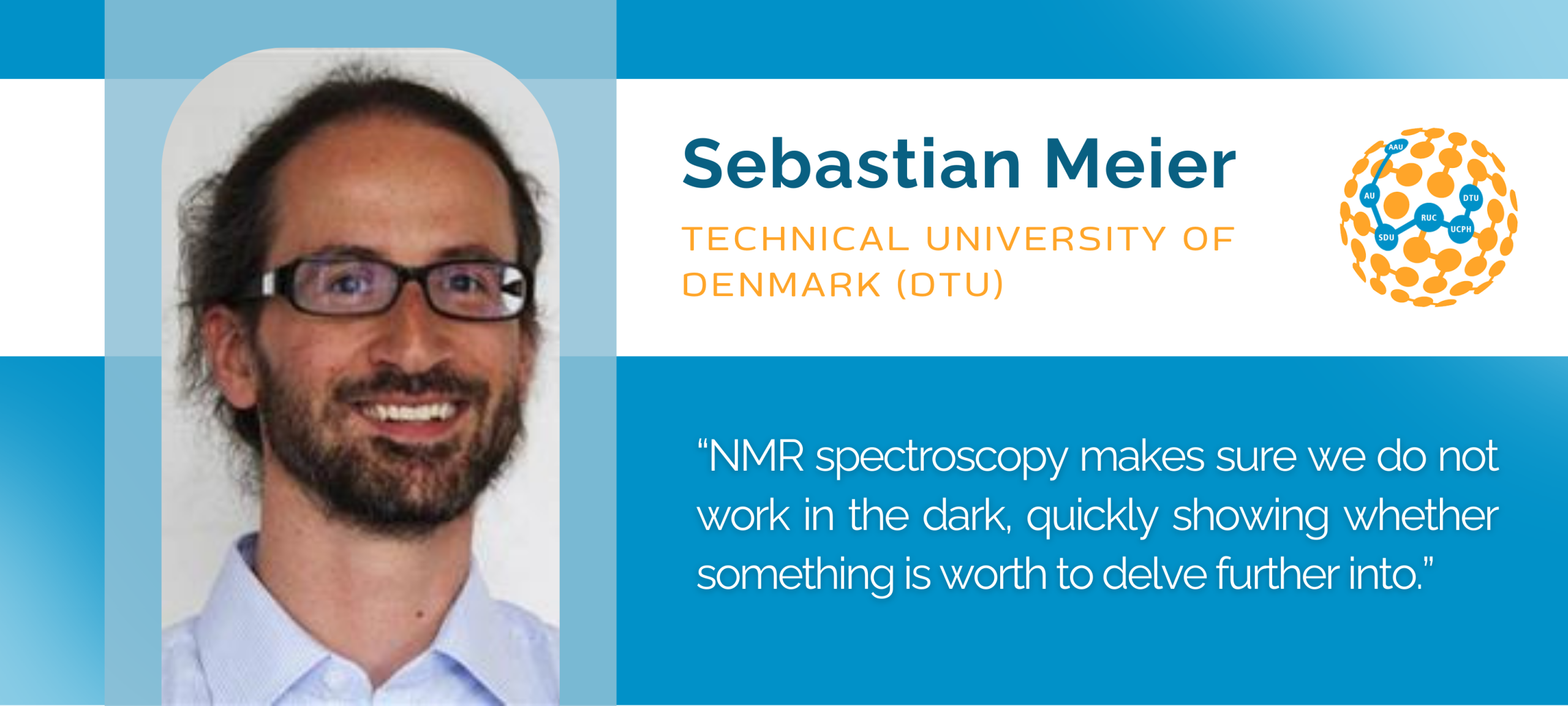
I like this site very much, Its a real nice situation to read and receive info.Raise blog range